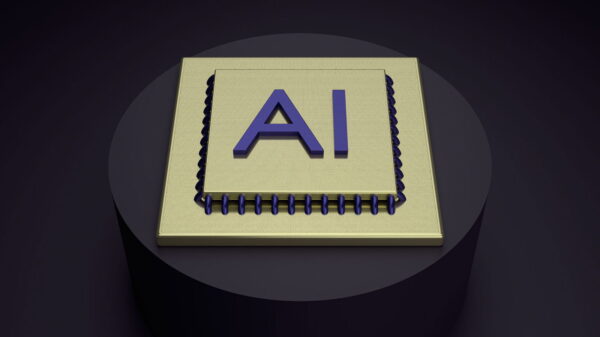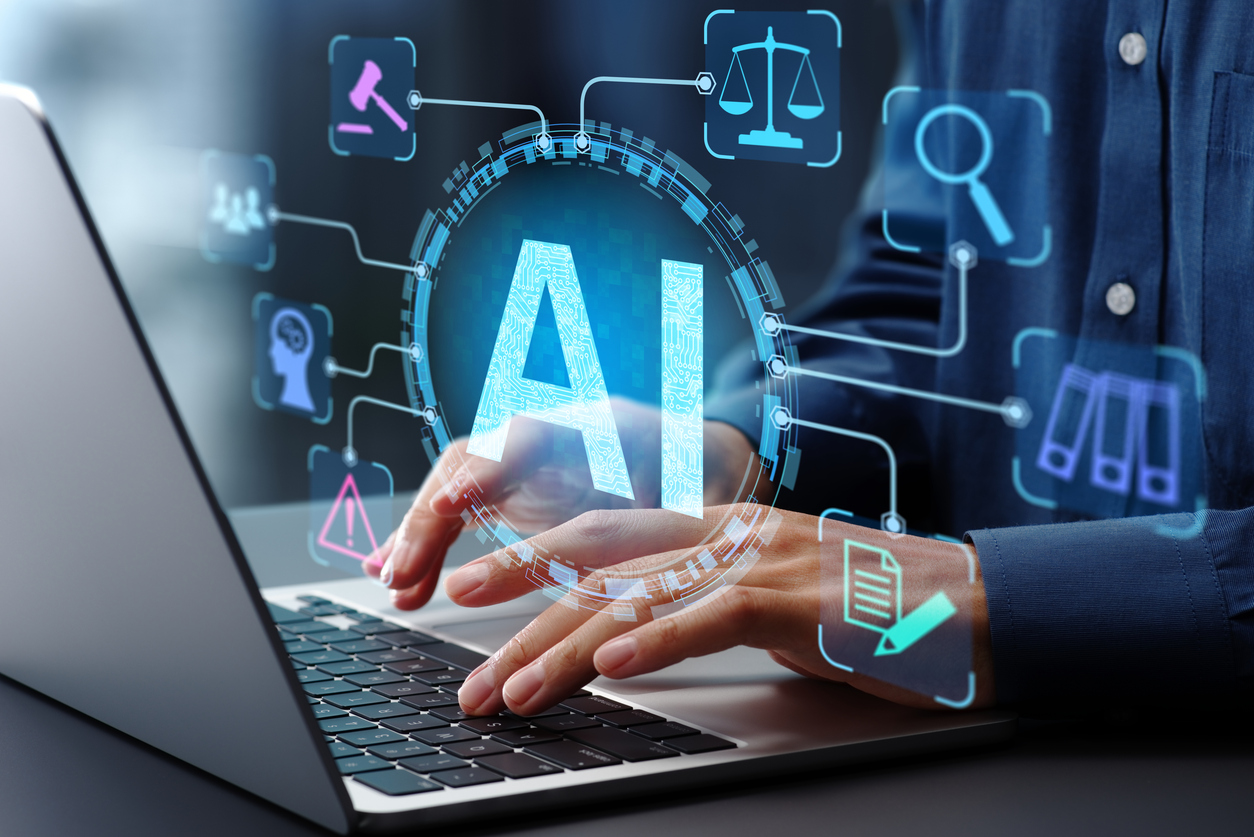Every public servant in Australia will undergo mandatory training in artificial intelligence (AI), marking a significant step toward integrating generative AI into the Australian Public Service (APS). The government has unveiled an AI Plan designed to leverage this technology to enhance service delivery, policy outcomes, and productivity across the APS.
According to Finance Minister Katy Gallagher, “This plan ensures that every public servant will have training and access to generative AI tools.” She emphasized that generative AI can transform public services, streamline interactions between citizens and governmental bodies, and assist in managing workloads for employees.
The implementation of this plan will be a collaborative effort led by the Department of Finance, the Digital Transformation Agency, and the Australian Public Service Commission. Each individual agency will retain responsibility for the adoption and application of AI within their respective domains.
Under the AI Plan, approximately 185,000 public servants will receive:
See also Scottish Government Warned of AI Data Centre Bubble Amid Growing Market Risks
Scottish Government Warned of AI Data Centre Bubble Amid Growing Market Risks- Training on how to use generative AI tools safely and effectively
- Access to generative AI tools
- Guidance on responsible usage of these tools
- Support and leadership from chief AI officers to encourage adoption
- Opportunities for collaboration, including building on and reusing work from others
The government states that this initiative requires support at multiple levels—both organizationally within the APS and individually among staff. “This requires support at a whole-of-APS level, within and between organizations, and for individuals,” the government explained.
Three Pillars of the AI Plan
The AI Plan is structured around three key pillars:
- People: Enhancing performance while being mindful of the impact of changes on individuals.
- Capability: Broadening access to secure and effective AI technologies.
- Trust: Building public confidence through transparency, ethical use, and robust governance.
Gallagher highlighted that maintaining public trust will be essential for the successful integration of AI technologies. She stated, “The plan affirms the clear policies and guidance that exist for public servants, ensuring that AI will be used safely and responsibly.” The government also committed to engaging in open dialogue to ensure that the rollout of AI across the APS is transparent, inclusive, and well-managed.
To support this initiative, new skills training will be implemented alongside consultations with APS employees and unions. Gallagher noted, “We will provide meaningful avenues for input so staff are supported through ongoing change as we together build a more capable and future-ready public service.”
In response, the Community and Public Sector Union (CPSU) has committed to closely collaborating with the government and agencies to ensure that these commitments are effectively realized. National Secretary Melissa Donnelly emphasized, “The government has set a clear expectation that agencies and departments meaningfully consult with their staff and unions as AI tools are introduced. This consultation is not optional – it must start now and be ongoing.”
Despite assurances that technology will not replace public sector jobs, the CPSU has expressed concerns about potential job losses and their implications for service delivery and public sector workers. Donnelly insisted that workers must feel secure in their roles “now and into the future,” adding that the CPSU will hold agencies and the government accountable throughout this transition.
This comprehensive approach aims not only to upskill public servants but also to foster an environment of trust and collaboration as Australia navigates the evolving landscape of AI in public service.







































































